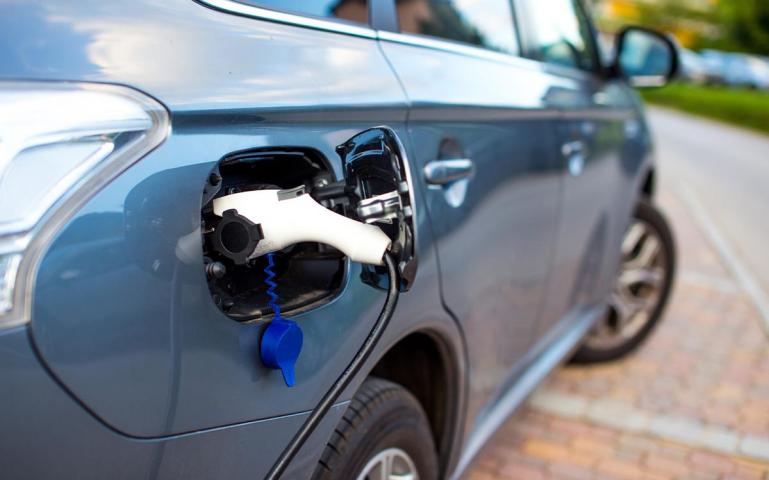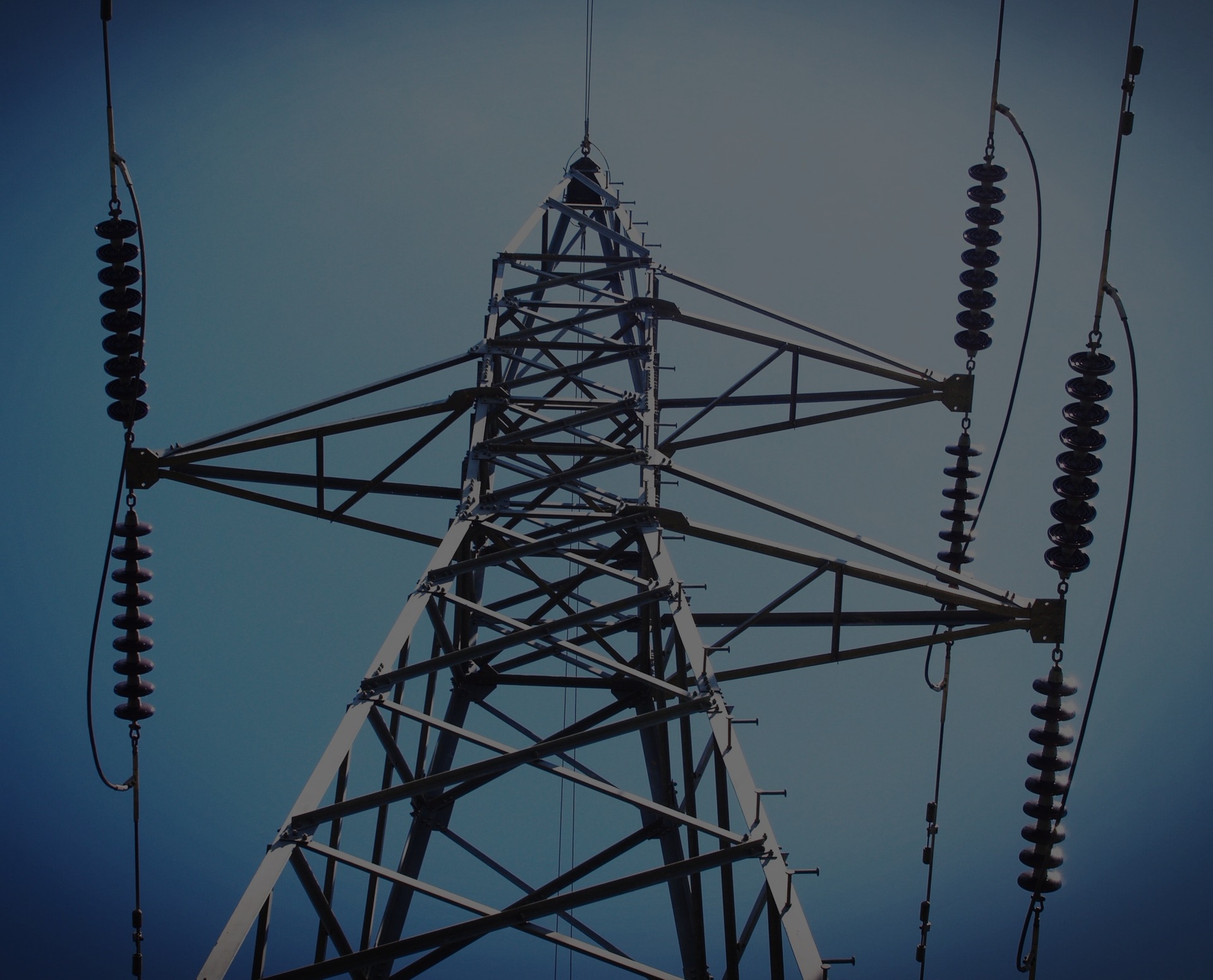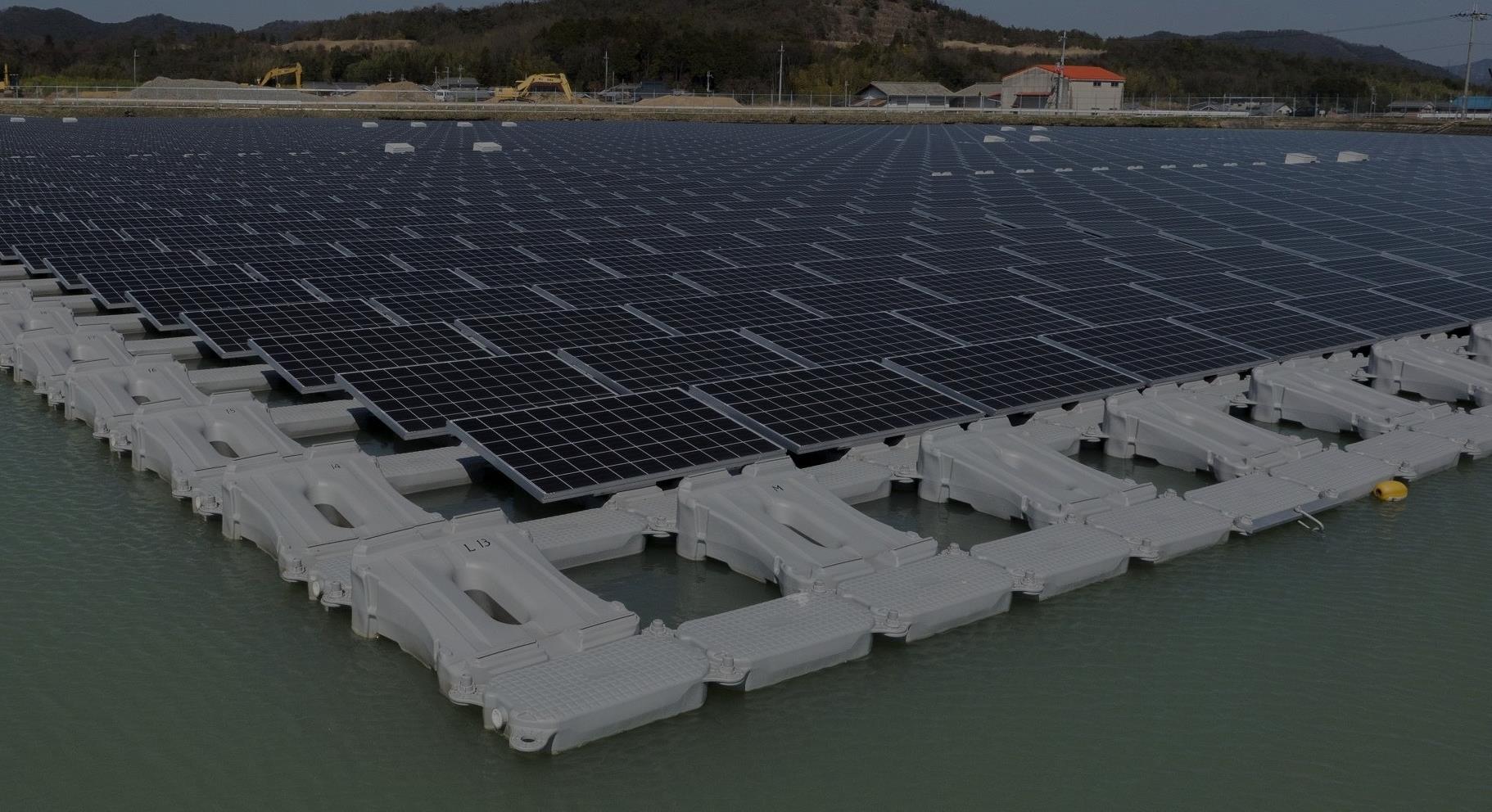The Canadian Prime Minister Justin Trudeau is on a week-long visit to India. While trade, education, infrastructure, and skill development top the visit’s agenda, climate change action is another dimension highly important for the long-term economic growth and the international reputation of both Canada and India.
Under the pledges made in the lead up to the Paris Agreement on climate change, India committed to reduce its economy’s emission intensity by 30-35 per cent by 2030 and build its renewable electricity capacity to 175 GW by 2022.In its turn, Canada plans to reduce its carbon emissions from 742 MT to 523 MT in 2030through the Pan-Canadian Framework on Clean Growth and Climate Change, which includes a commitment to establish a national price on carbon emissions.
Neither India nor Canada can achieve their ambitious climate targets without progress in three specific areas. These areas are fossil fuel subsidy reform (the other side of the carbon pricing coin), advancing renewable energy and energy efficiency, and coal phase-outs. On each of the three topics, India and Canada can learn from each other as they look to closer collaboration.
As members of the G20, both India and Canada committed to phasing out fossil fuel subsidies that encourage wasteful consumption in 2009. Both countries have made progress on the ground. India’s pricing reforms, mainly for gasoline (2010) and diesel (2014) cut the country’s energy subsidies bill in 2014 by USD 15 billion. Canada is phasing out subsidies such as the Atlantic Investment Tax Credit. Nonetheless, according to the latest estimates of the Global Subsidies Initiative, Canada’s fossil fuel subsidy bill still amounts to around $2.6 billion (CAD 3.3 billion) in support to oil and gas producerswhile India provides $19 billion (Rs 124,530 crore) as support to both fossil fuels production and consumption. Unlike many other G20 members, neither India nor Canada has undertaken voluntary peer reviews of their fossil fuel subsidies – something they can potentially do in a pair like three other couples (US and China; Germany and Mexico; Italy and Indonesia).
Both India and Canada play leading roles in different climate diplomacy groups. India launched the International Solar Alliance (ISA) in 2016. ISA seeks to facilitate joint efforts of solar-rich countries to achieve economies of scale and reduce the cost of finance and the cost of technology. ISA seeks to mobilize more than USD one trillion of investments needed by 2030. The objective of finance mobilization turns ISA into a platform of cooperation between solar-rich developing countries and developed countries prioritizing green finance agenda such as France, the UK and the Netherlands. That is in the green finance mobilizer capacity that Canada could join the ISA as well.
Meanwhile, Canada, together with the UK, launched Powering Past Coal Alliance(PPCA) in 2017. PPCA unites over thirty national and subnational governments as well as some companies whose ambition is “to accelerate clean growth and climate protection through the phase-out of… existing traditional coal power” and placing “a moratorium on any new traditional coal power stations.” Though Delhi already has a coal moratorium and the plummeting costs of renewable energy are making coal non-competitive in many other parts of India, none of Indian entities have joined the PPCA yet.
The rapid transformation of India’s electricity sector is criticalto delivering on the goals of the Paris Agreement on climate change and efforts to promote clean energy and phase-out of coal globally. At present, India is the world’s second-largest coal consumer and importer, but plummeting costs of renewables mean that India is expected to peak its demand for coal within the next decade. India is already now facing the challenges of coal assets strandingand the need to plan for a managed phase-out of coal mining and power. In such a situation, there are clear benefits of joining the PPCA in exchanging lessons learned for coal phase-outs and mobilizing international support for this agenda.
If India and Canada are serious about making their cooperation serve the interests of sustainable development, they need to dovetail their climate action and diplomacy. In this vein, it would be natural for Canada to join the International Solar Alliance and facilitate access to finance for its developing member states. It would be equally natural for Indian cities such as Delhi, Ahmedabad, Raipur, Gwalior or Patna and Indian companies such as Mahindra Group to join PPCA. If India and Canada join each other’s international climate initiatives, they will send a positive market signal on further transition away from fossil fuels towards renewables while facilitating the achievement of their own goals under the Paris agreement.
The question is if this marriage on the cards? Will the two Prime Ministers discuss climate diplomacy, G20 cooperation on phasing out fossil fuel subsidies and dovetailing ISA and PPCA led by India and Canada respectively? The evidence shows they definitely should.
Source: https://energy.economictimes.indiatimes.com/energy-speak/trudeau-s-india-visit-how-india-and-canada-can-achieve-ambitious-climate-targets/2912


